After my first full winter in Vermont, it is finally beginning to become summer. While this is exciting as the Salmon Hole is showing many more signs of life now (rushing water, trees beginning to grow leaves again, signs of birds and plants beginning to grow), it is also bittersweet as my first year at UVM is coming to an end. Over the course of this year, I have returned to the Salmon Hole a variety of times, often for different reasons. While I was there, I have seen many different land uses of the Salmon Hole by Vermont residents. I have seen people fishing in the river, walking their dogs along the trail, camping in the summer and observing, as I have done. Seeing these people from different backgrounds with different stories and motives for coming to this place, I see the Salmon Hole as a mixing pot. It is a place in which we each have our own connection and feelings towards it, and this diversity of relationships is what makes the place so unique.
When I generally think of a relationship and the way that a relationship is formed and stays connected is communication and reciprocity. As humans, we are always looking for validation of our connections to others and knowing what our value is to them. However, I cannot experience a relationship with a place in the same way that I experience it with a human. Because the Salmon Hole doesn’t speak, or express pain if I do something wrong, I cannot communicate with it in the same way I would communicate with a person. But I don’t want to assume for it, so I never want to push my boundaries in terms of my land use. This nation was founded on the idea of dominance over nature and controlling the natural world, and I do not want to share those values with the Salmon Hole. Thus, I am not going to make the decision of being a part of it. I do not contribute to the ecosystem, or stand with it during harsh weather. I fear that my relationship with the Salmon Hole is one of me taking and being unable to give anything in return. So I am not going to speak for it in saying that I am a part of this place without its consent. But my experience there throughout this year has given me that knowledge, which I am infinitely grateful for.
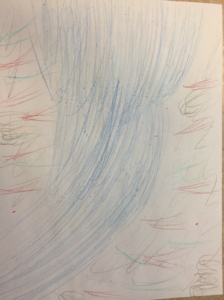
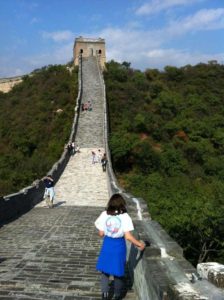
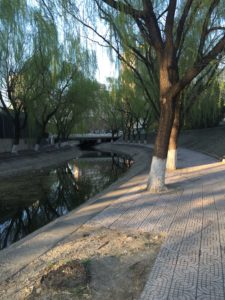

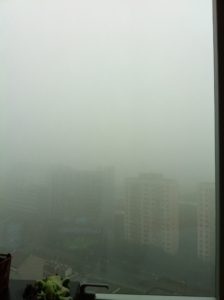
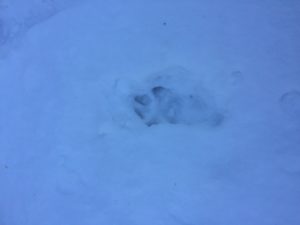
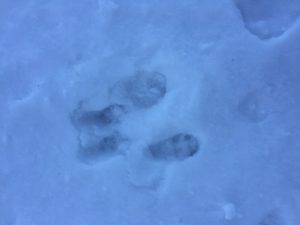
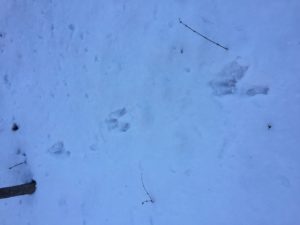
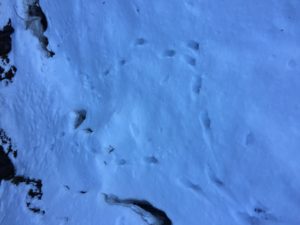
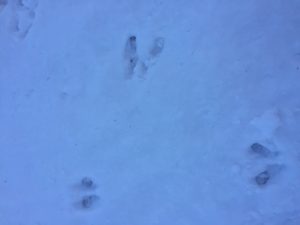
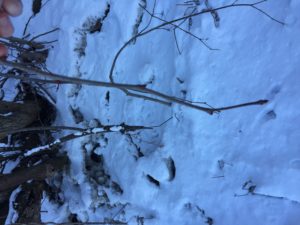

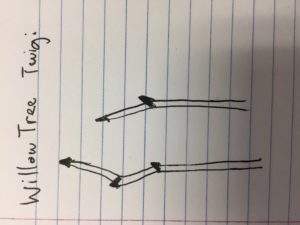

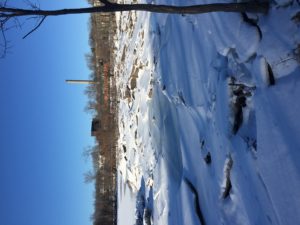
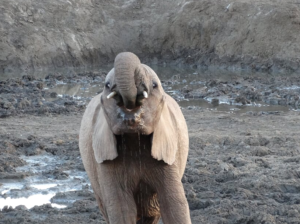
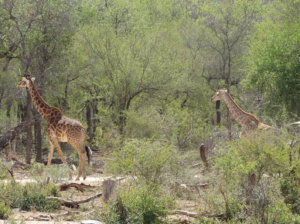
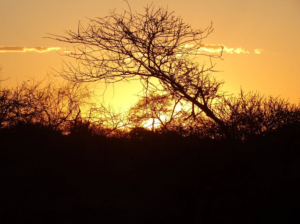
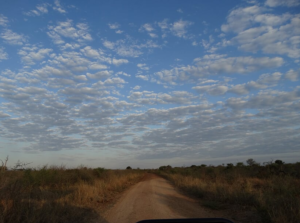
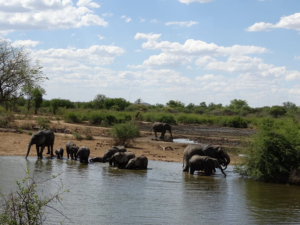
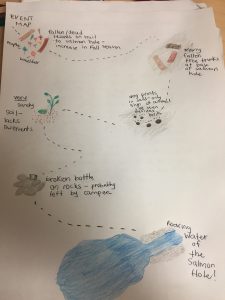

Recent Comments